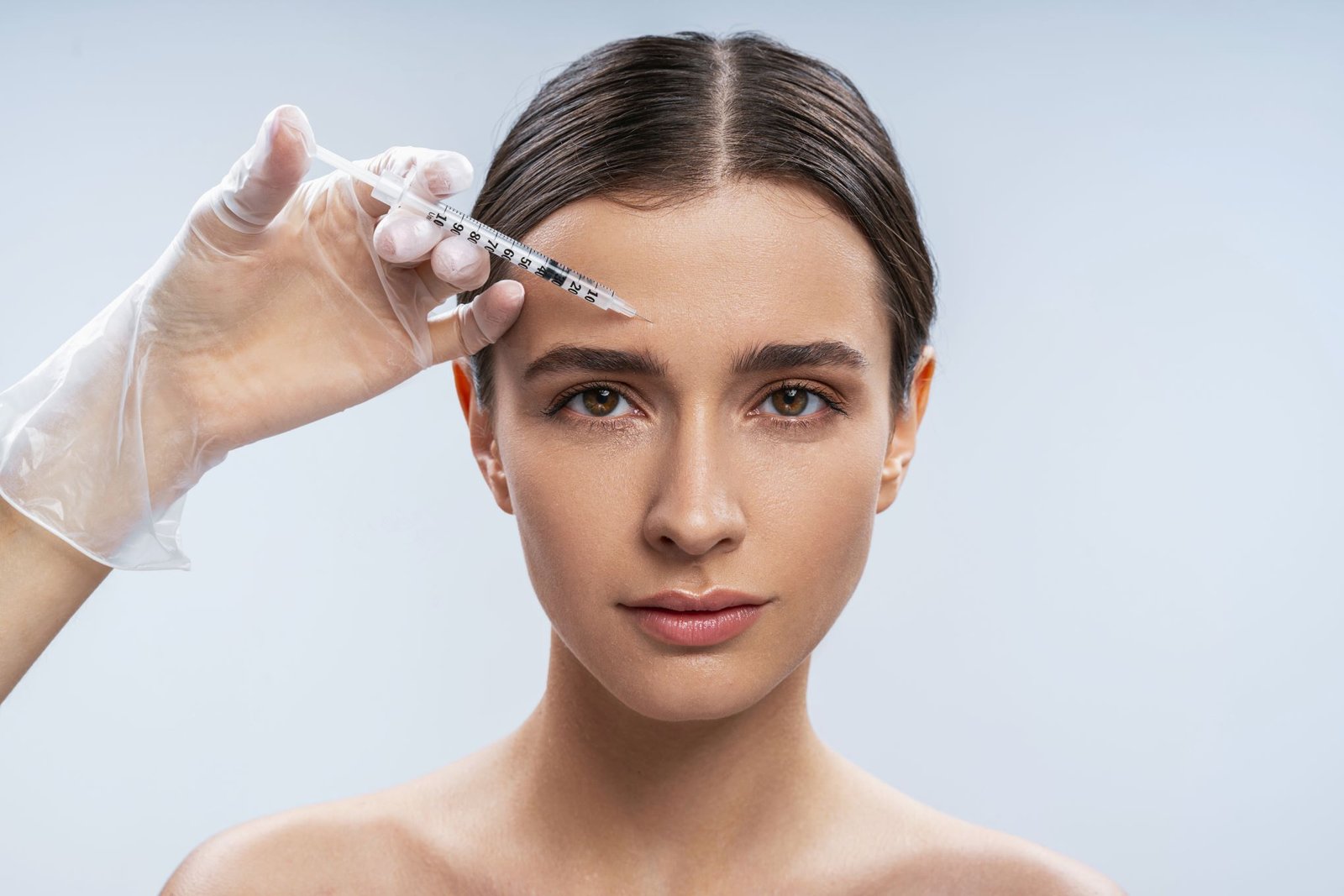
Anti-Wrinkle Injection
Anti-wrinkle injections, commonly known as Botox or botulinum toxin injections, are a popular cosmetic procedure used to reduce the appearance of wrinkles and fine lines on the face. The active ingredient in most anti-wrinkle injections is botulinum toxin, a neurotoxin produced by the bacterium Clostridium botulinum. When injected in small, controlled amounts, it can block nerve signals in the muscles, preventing them from contracting and forming wrinkles. The primary purpose of anti-wrinkle injections is to temporarily relax the muscles responsible for the formation of wrinkles and fine lines. This helps smooth out the skin and reduce the visible signs of aging.
Skin Polishing
"Skin polishing" typically refers to a cosmetic procedure or skincare treatment designed to improve the texture and appearance of the skin. The goal of skin polishing is to exfoliate the skin, remove dead skin cells, and stimulate cell renewal, resulting in smoother, brighter, and more rejuvenated skin. The process involves exfoliation, which helps remove the outer layer of dead skin cells. This can be done through various methods, including mechanical exfoliation (using scrubs or microdermabrasion) or chemical exfoliation (using acids like alpha hydroxy acids or beta hydroxy acids). Mechanical exfoliation methods involve physically scrubbing the skin's surface to remove dead cells. This can be done using scrubs, microdermabrasion devices, or brushes.

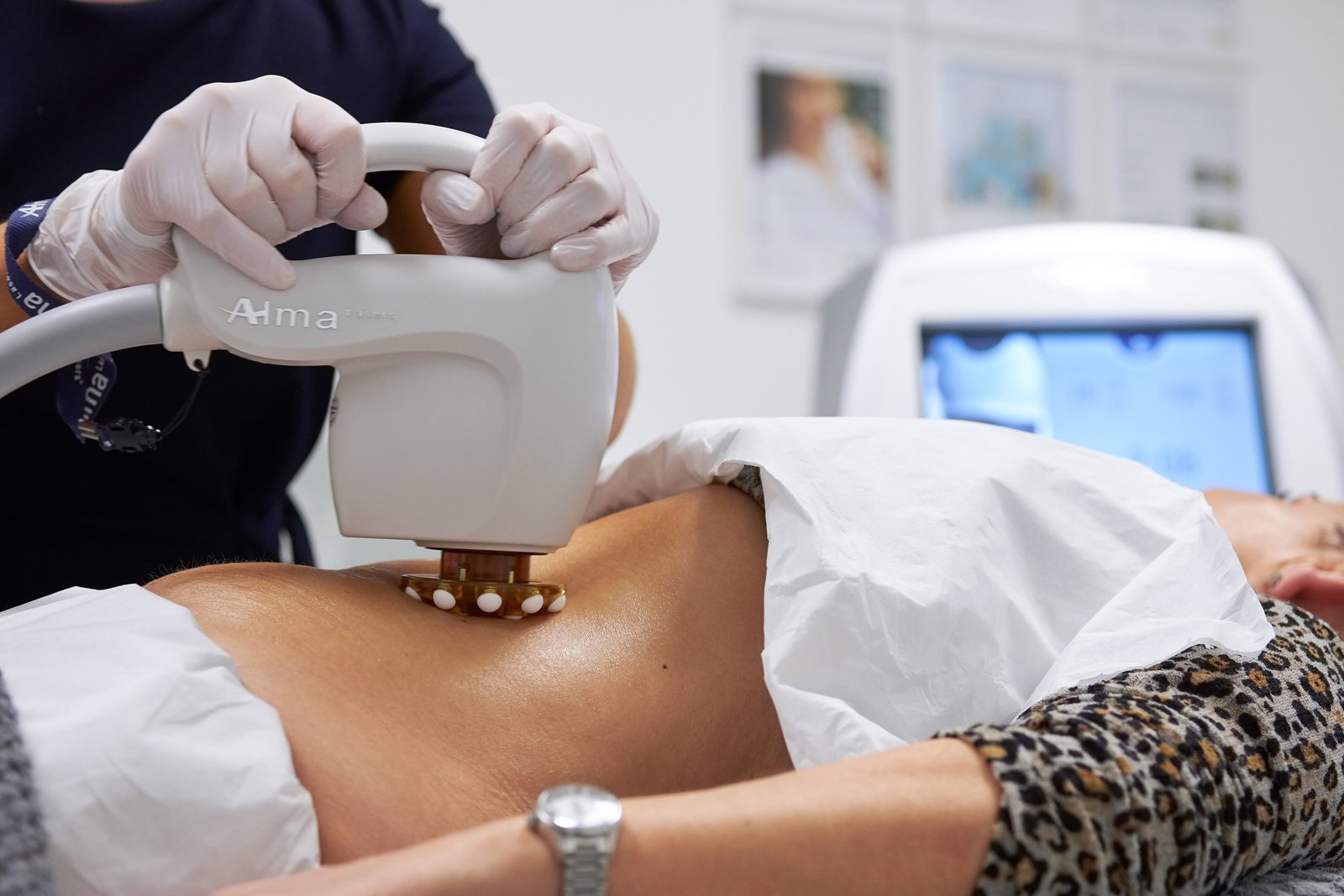
Cellulite Treatment
Cellulite is a common cosmetic concern characterized by the dimpled or lumpy appearance of the skin, often on the thighs, buttocks, and hips. While cellulite is not a medical condition, various treatments are available for individuals seeking to improve its appearance. It's important to note that the effectiveness of cellulite treatments can vary, and no treatment provides a permanent cure. These products often contain ingredients like caffeine, retinol, or botanical extracts that may temporarily tighten the skin or improve circulation. Massages and mechanical devices designed to massage and manipulate the skin may be used to temporarily reduce the appearance of cellulite. Laser and radiofrequency devices are designed to heat the skin and stimulate collagen production improving skin of cellulite.
Chemical Peeling
Chemical peeling is a cosmetic procedure that involves the application of a chemical solution to the skin, causing it to exfoliate and eventually peel off. The goal of chemical peeling is to improve the appearance of the skin by addressing issues such as fine lines, wrinkles, uneven pigmentation, and acne. Chemical peels vary in strength, and the choice of peel depends on the specific skin concerns being addressed. Chemical peeling is generally safe when performed by trained professionals. However, it's important to follow pre- and post-treatment instructions carefully and to have realistic expectations about the outcomes. Individuals considering chemical peeling should consult with a qualified skincare professional to determine the most appropriate peel for their specific needs.

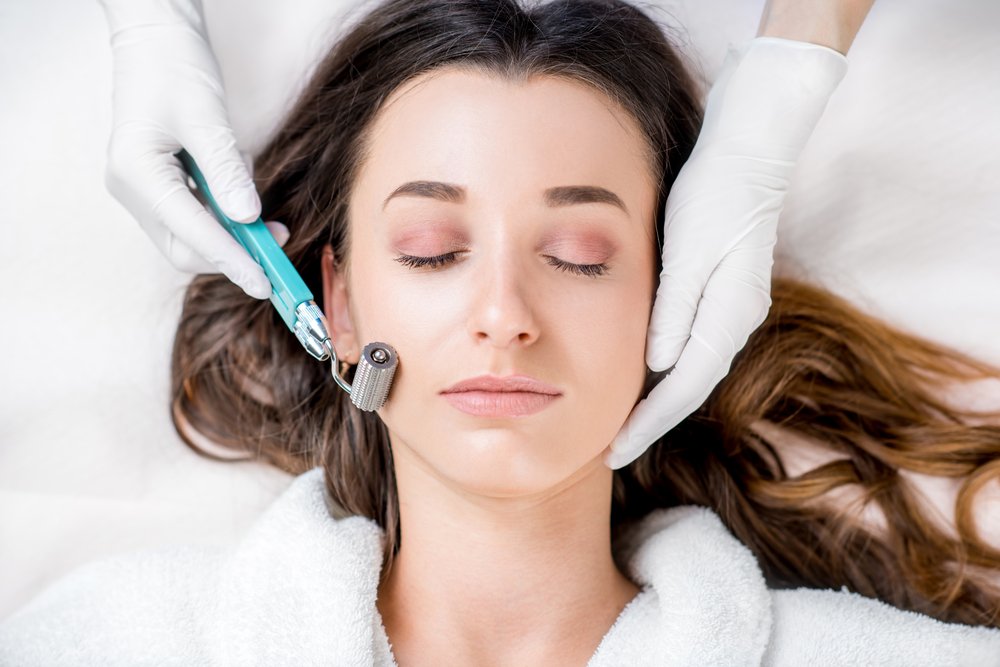
Derma Roller
A derma roller, also known as a microneedle roller, is a handheld device designed for skin care treatments. It consists of a handle and a roller with numerous small, fine needles on its surface. These needles, typically ranging in length from 0.25 to 1.5 millimeters, are made of medical-grade stainless steel or titanium. The primary purpose of a derma roller is to create controlled micro-injuries on the skin's surface. When rolled over the skin, the needles puncture the outermost layer, creating tiny microchannels. This process stimulates the skin's natural healing response, triggering the production of collagen and elastin. Collagen and elastin are essential proteins that contribute to the skin's firmness, elasticity, and overall health.
Fat Reduction Non Surgical
Non-surgical fat reduction refers to procedures or treatments that aim to reduce localized fat deposits without the need for surgical intervention. These non-invasive or minimally invasive techniques have become popular alternatives for individuals seeking to contour their bodies without the downtime and risks associated with surgery. Non-surgical fat reduction methods can be effective for contouring and reducing fat in specific areas, they are not weight loss treatments. They are best suited for individuals who are close to their ideal weight but have localized pockets of fat that are resistant to diet and exercise. Before undergoing any non-surgical fat reduction procedure, it's advisable to consult with a qualified and experienced healthcare professional or dermatologist.
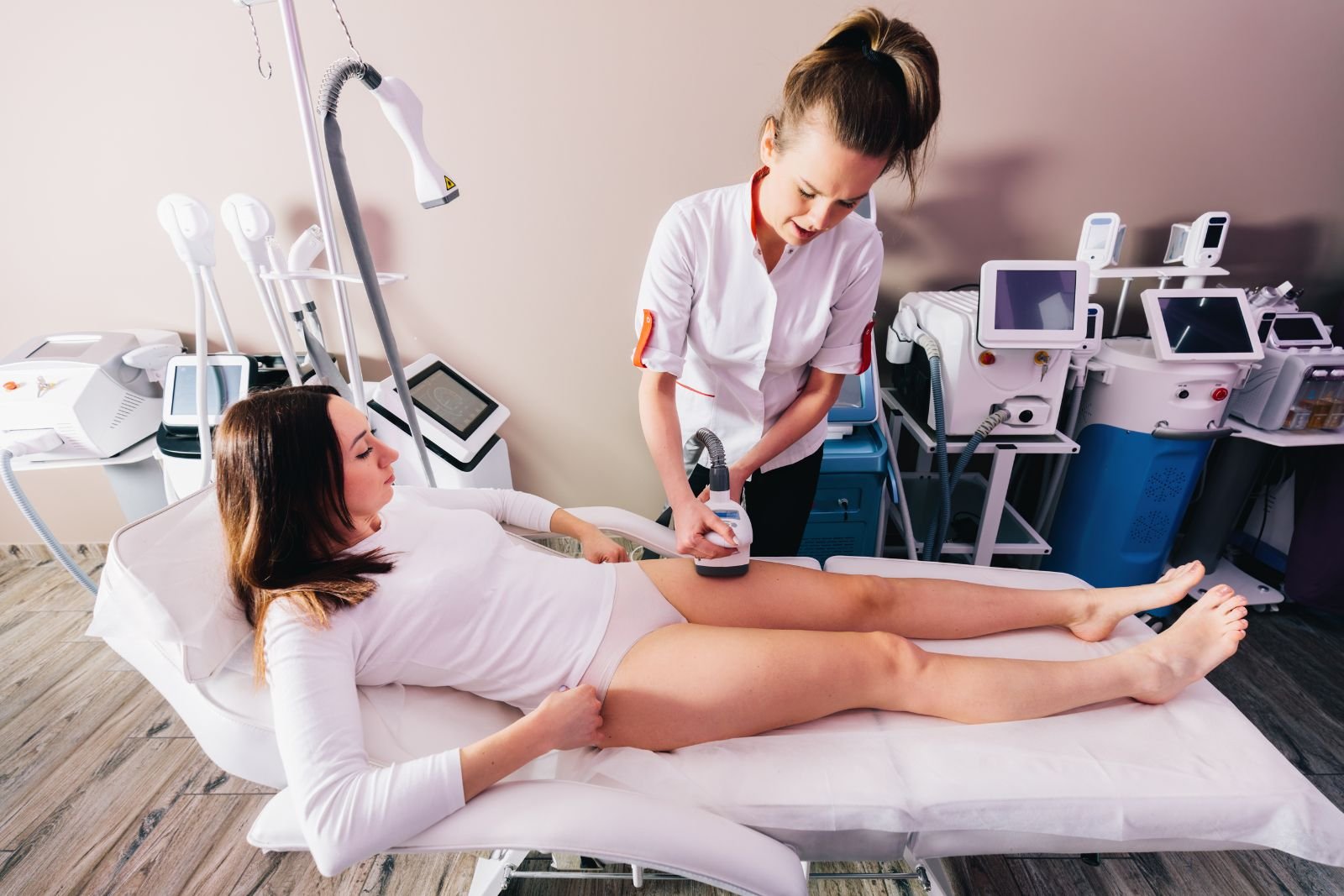
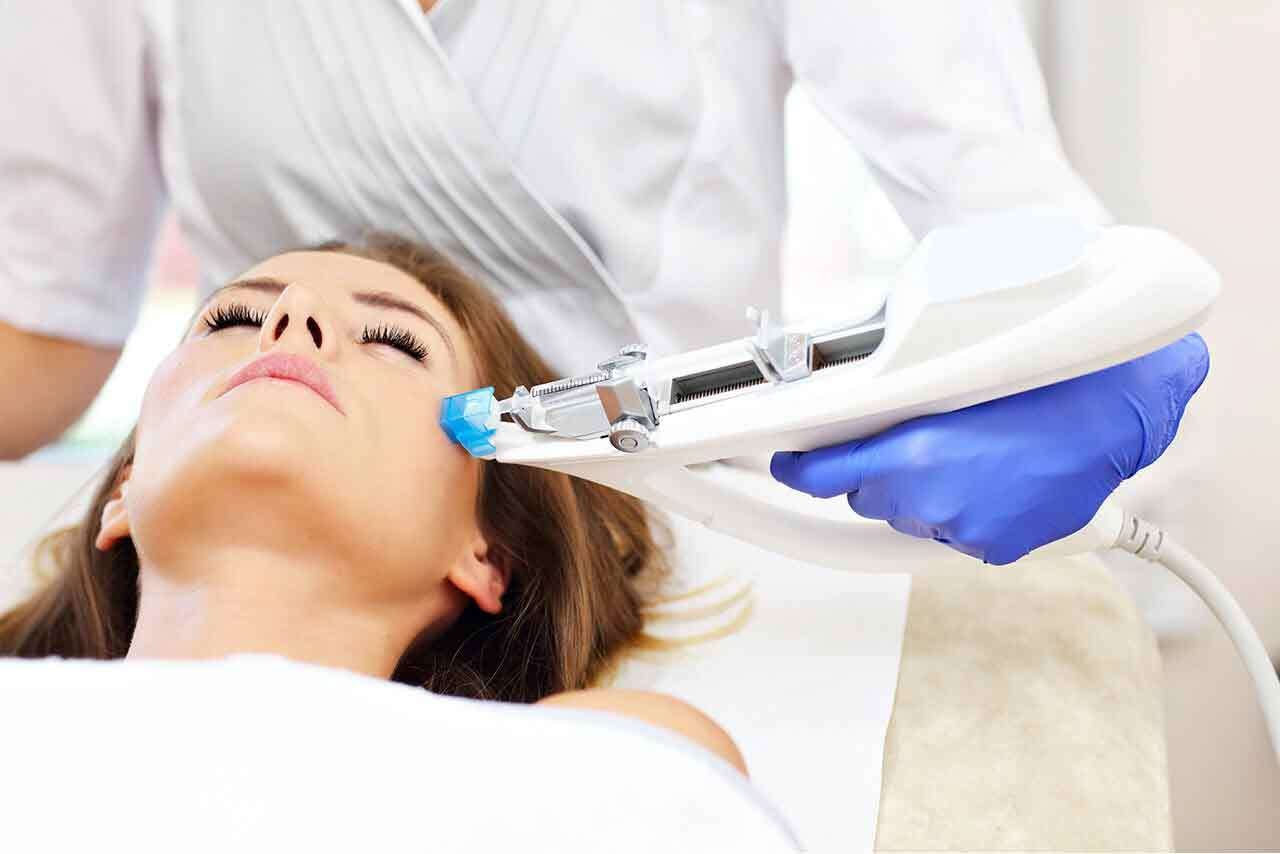
No Needle Mesotherapy
No-needle mesotherapy, also known as needle-free mesotherapy or virtual mesotherapy, is a non-invasive cosmetic procedure that aims to rejuvenate the skin, improve its texture, and address various skin concerns without the use of traditional injections. This technique is particularly appealing to individuals who may be apprehensive about needles or want to avoid injections. It's important to note that the effectiveness of no-needle mesotherapy may vary from person to person, and results are often subtle compared to more invasive procedures. Before undergoing any cosmetic procedure, it's advisable to consult with a qualified skincare professional or dermatologist. They can assess your skin condition, discuss your goals, and recommend the most suitable treatment options for you.
PRP For Facial Rejuvenation
Platelet-Rich Plasma (PRP) facial rejuvenation, also known as the "Vampire Facial," is a cosmetic procedure that uses the patient's own blood to promote skin rejuvenation and improve overall skin texture. PRP contains a concentrated amount of platelets, growth factors, and other bioactive substances that can stimulate tissue repair, collagen production, and the growth of new blood vessels. Results from PRP facial rejuvenation are often gradual and may become more noticeable over several weeks as the skin undergoes the natural process of collagen production and tissue regeneration. Improvement in skin texture, fine lines, and overall facial appearance are common outcomes. PRP uses the patient's own blood, reducing the risk of allergic reactions or adverse effects.

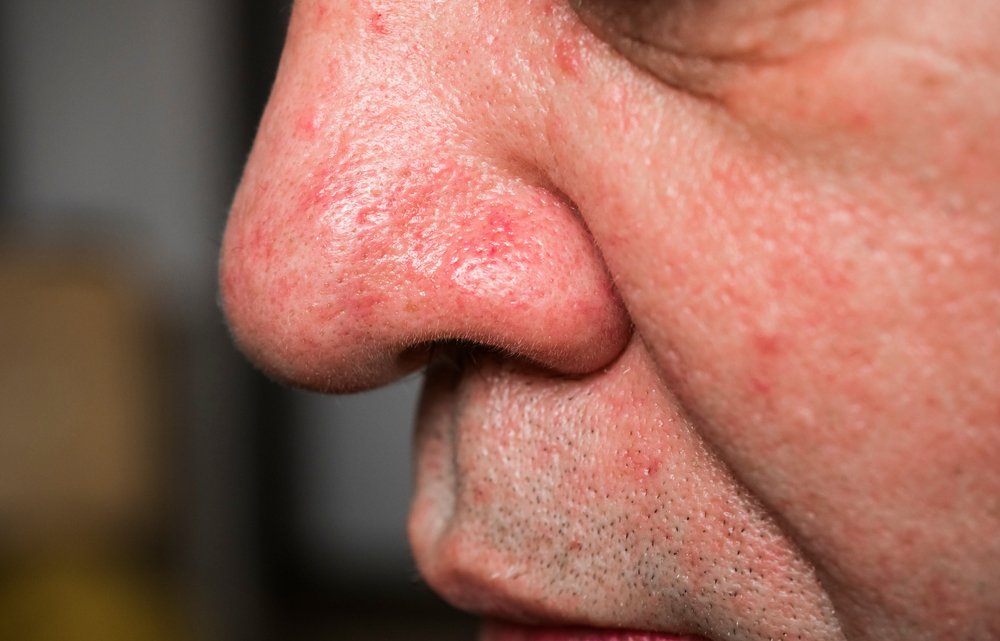
Thread veins over face & body
Thread veins, also known as spider veins or broken capillaries, are small, visible blood vessels that appear near the surface of the skin. They can develop on the face and body, and while they are usually harmless, some people may find them cosmetically undesirable. There are several causes for the development of thread veins, including genetics, aging, sun exposure, and certain medical conditions. It's important to note that the choice of treatment depends on the location, size, and severity of the thread veins, as well as individual factors such as skin type and medical history. Additionally, multiple sessions may be required to achieve optimal results.